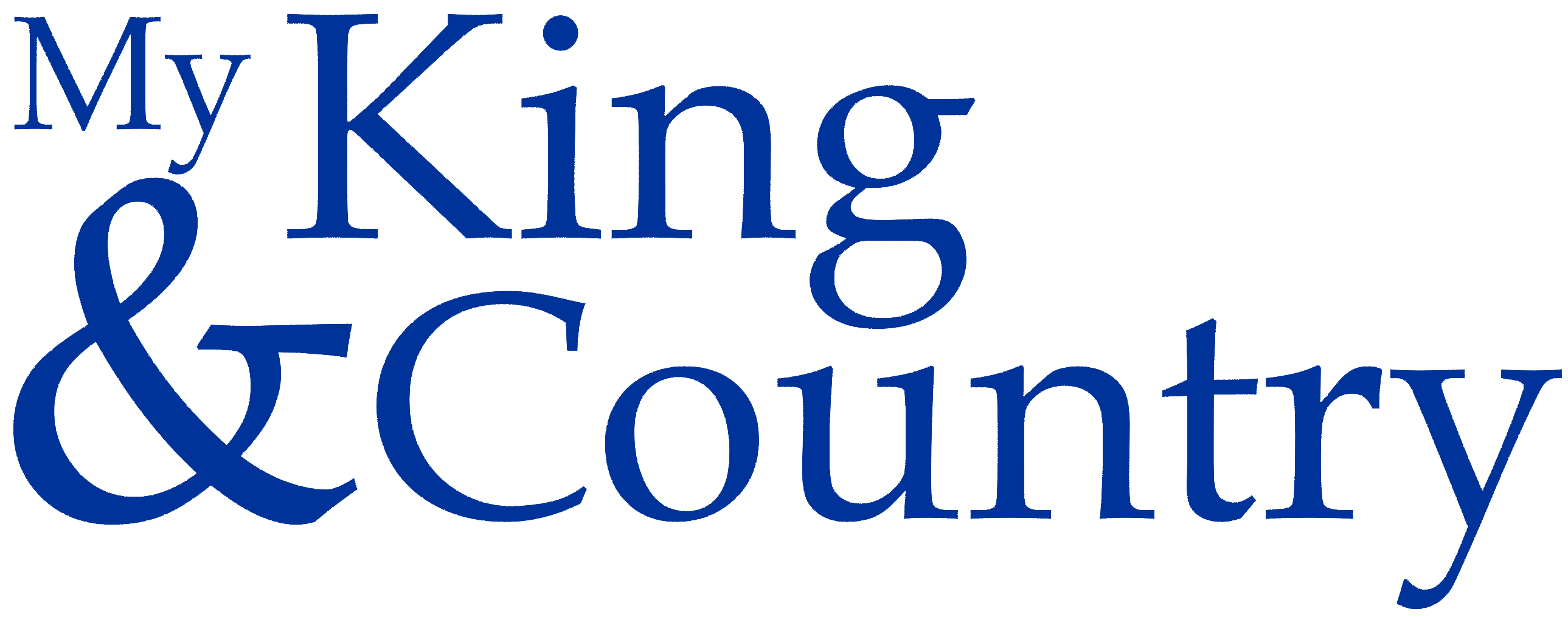
Sea Service Pistol
Sea service pistols were issued to the ship, rather than to individual seamen. They fired a single shot, with a very limited effective range of no more than 3 or 4 yards. Falconer’s Dictionary of the Marine states that “Each boarder is provided with a brace, and a cutlass.” [1]
Comparing this pistol with those shown in the National Maritime Museum’s collection, this appears to be an example of the third model sea service pistol introduced in 1790, which is described as having a sturdier build and better finish than previous models.




DESCRIPTION
Lt. John Skinner RN wrote in 1802…
“According to the custom prevailing from the earliest period of naval history to the present day, in boarding or opposing boarders, the pistol is held in the right hand , and in the attempt to board is fired and thrown away to enable the boarder to draw his cutlass, which yet remains in the scabbard or left hand.”
Some officers now advised a reversal of these tactics…
“A man armed with a pistol ought to reserve his fire to the last extremity if his life is to depend on the discharge of the pistol killing the man opposed to him.”
Date: c1790
Length (overall): 19 in (48.5 cm)
Length (barrel): 12 in (31 cm)
Weight: 3.3 lb (1.5 kg)
Calibre: 0.56 in ( cm)
Materials: walnut, brass, steel
A distinctive feature of the sea service pistol is the belt hook on the left side of the pistol. This enabled the pistol to be hooked on to a belt, leaving the hands free to carry another weapon or to assist in boarding. Once the single shot had been fired, there would probably be no time to reload, in which case the pistol could be thrown at the enemy or held by the barrel and used as a club.
While the long 12-inch barrel is not unique, it does help to identify this model of pistol. As the wars progressed, some barrels were cut down to around 9 inches, prior to a
9-inch model being introduced.
This pistol shows all the normal markings - 'TOWER', the King's cypher (crown over GR) and government broad arrow on the lock plate, together with the inspectors' view marks on the top of the barrel ('crown over GR' and 'crown over crossed sceptres') and a crown on the belt hook.
The wooden stock is darker than many other examples I have seen, and looks like it may have been kept well oiled during its service life.
The brass 'skull crusher' butt cap of this pistol has been hand-engraved with 'MD6', indicating the pistol’s inventory number aboard ship and location during action. This is pistol number 6 on either the Main Deck or Middle Deck. Such ship's markings were not standardised and were made on board ship at the discretion of the Captain.
The ramrod is a replacement. The antique dealer from whom I purchased the pistol received it without a ramrod, which they replaced with one from a similar pistol of the period.
Purchased from West Street Antiques, Dorking, 05 JAN 2008.

Nelson boards the San Josef carrying a sword
in his right hand and a pistol in his left.
Detail from Nelson Boarding the 'San Josef'
at the Battle of Cape St Vincent, 14 February 1797
Painted by George Jones (1829)
NMM (BHC0492)
In July of the same year, during an attack on Santa Cruz de Tenerife, Nelson was hit just above the right elbow by a musket or similar ball fired as grapeshot. This shattered the bone and joint, resulting in the partial amputation of his right arm.
NOTE [1] Falconer's New Universal Dictionary of the Marine, William Burney 1815 (Republished 2006)


